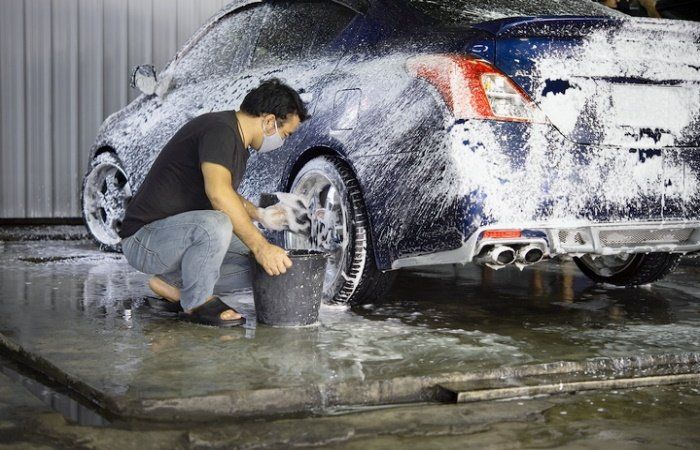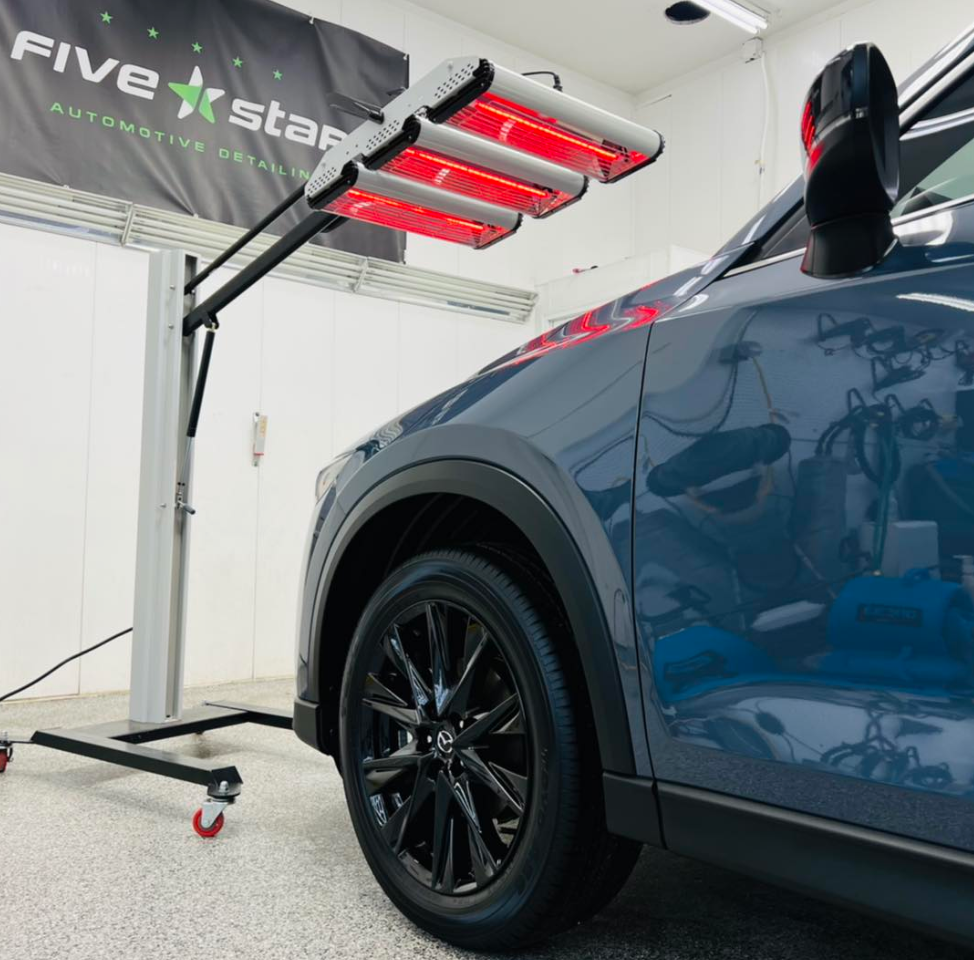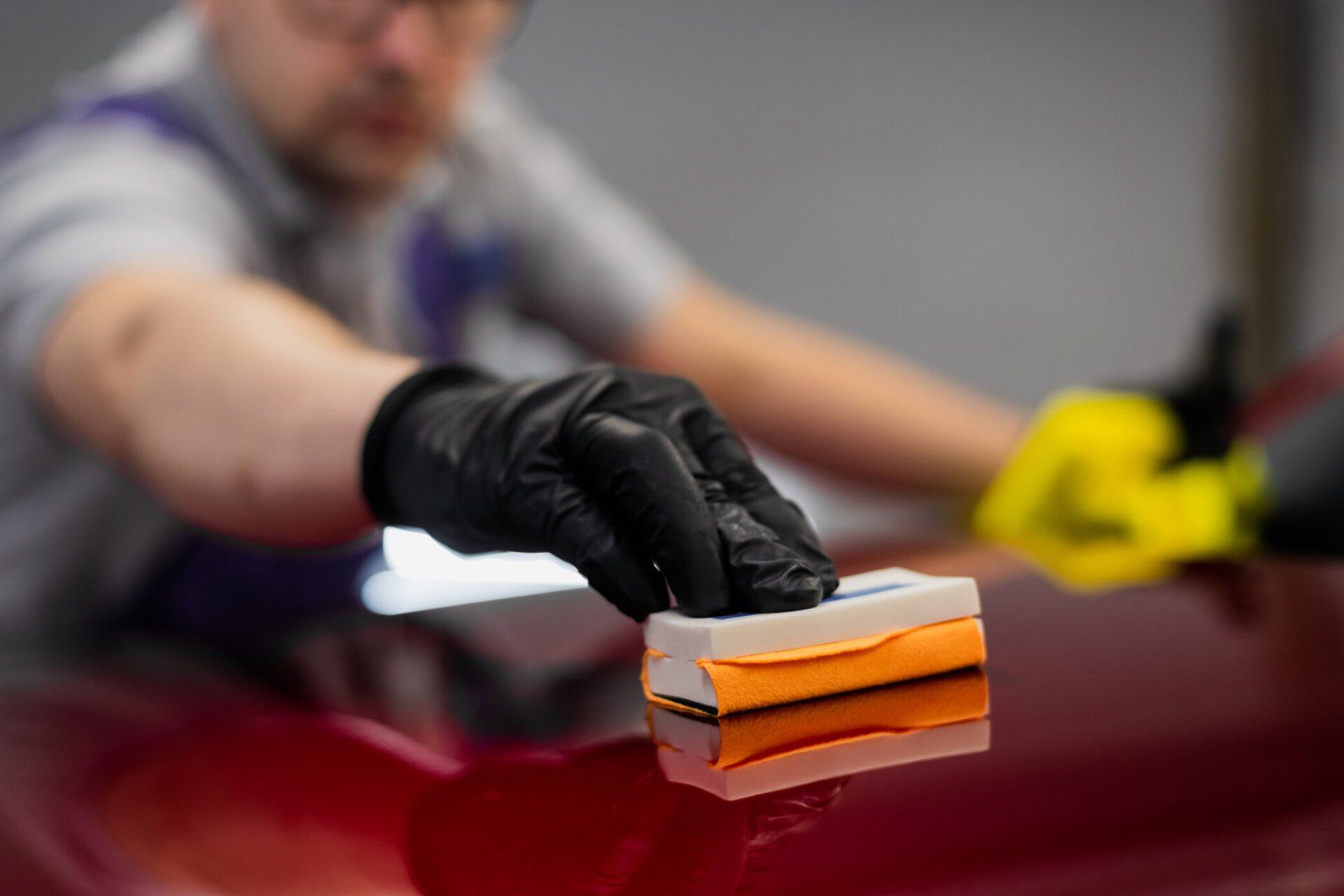Detailing your car is a vital aspect of car maintenance. It is highly recommended to detail your car once in a while to make it look more attractive and increase its lifespan. Many people assume detailing a vehicle involves removing trash and vacuuming, but it's more than that.
Car detailing has several benefits. Not only does it correct scratches and swirls and eradicate allergy-causing contaminants, but it can also extend the life span of the car's interior. Auto detailing prices vary depending on various factors. Below, we explore the cost of detailing your car in Rochester, MN.
What is Auto Detailing?
Car Detailing is the process of cleaning and restoring your car to a new state or condition. Auto detailing services are labor-intensive and more accurate than the regular car wash. Some of the services in car detailing include:
- Exterior cleaning and drying
- Vacuuming
- Glass cleansing
- Use of wax and sealing
- Use of Clay bar to eradicate contamination, debris, and overspray
- Thorough cleaning and brushing
- Use of steam for cleaning
- Application of perfume
- Trimming the car’s leather
Factors that Determine Interior Car Detailing Prices
Below are some factors that can influence your car detailing cost.
The reputation of the vehicle detailer
Each car detailer has a way of doing their work and this includes professionalism, strength, and average car detailing prices. All these can influence car detailing charges. For instance, some use expensive products to detail a vehicle. In contrast, others may train their professional extra skills while using different machines during the car detailing procedure, influencing the cost in the long run.
Location
Location is a very significant factor since each state usually offers different unique services. Some car detailers are rare to find in some states.
Occasion
Usually, interior detailing charges will always differ due to different occasions. For instance, for special events such as weddings, you may require extra services like getting your car seats to be thoroughly cleaned with shampoo for them to look flawless. This service will cost you additional charges compared to the regular detailing service.
Interior vehicle detailing costs varies with the size of the car
The size of your vehicle plays a vital role in determining interior detailing costs. The bigger your car is, the higher the price since it will take a more extended period for it to be washed. In addition, if your vehicle has a large truck, the charges will increase. The average difference between a regular car and an SUV is around $14- $26 while detailing a truck can cost you about $31.

The State or condition of your car
The condition of your vehicle plays a vital role in determining the interior car detailing charges. For instance, if your vehicle has taken a long period before being detailed, it will be expensive compared to a car detailed a week ago since the interior of the vehicle might have a lot of dirt and residues, which will take a lot of effort and time to clear it. In addition, if your car has dark interiors, it will be restored with extra charges.
Products used in car detailing service
Interior vehicle detailing charges can differ according to the products used by the detailer. For instance, extra costly products can be used to remove strain, odors removed using special cleaners, and if your car has leather seats, it will require unique products. However, it is crucial to check the products your car detailers are using since some products can contain harmful substances which damage your car when misused.
The type of the car or vehicle
Your vehicle's brand will also determine the cost of the interior detailing. Often luxurious cars are expensive to get detailed since employees need to undergo several special coaching. In addition, luxury brands, tools, and equipment are only used for specific car brands.
How much does car detailing cost?
Car detailing costs vary from one auto detailer to the next and it all comes down to the package they offer. Some of the packages they offer that determine the price include:
Basic Procedure package
The basic procedure package for Interior car detailing typically ranges from $68 to $100. Some of the procedures in the basic package include:
- Cleaning the interior of the vehicle with a vacuum
- Use of shampoo in floor mats, carpets, upholstery, and rugs
- Steam cleaning
- Washing of the glasses, especially the exterior, for visibility purposes
- Remove dust on the car’s dashboard, steering, car headliners, switches, panels, and gauges.
- Application of conditioner for the car protection
Premium Package
The premium package includes all basic premium packages and additional procedures. The cost usually ranges from around $119 to $196. The methods used in the premium package include:
- Sanitizing the interior of the car
- Use of perfume to make the vehicle have a pleasing odor
- Leather trimming
- Cleaning the car’s interior effectively to clear debris from the car seats, carpets, and mats.
- Application of conditioners to enrich the vehicle’s surfaces
Add-ons
Diffvehicle'scedures can also be included, for instance, when you require an organic sanitization agent to remove any contaminant or germs in your car's interior. Additional services can include specialized cleaning and detailing of the interior of vintage vehicles, paint correction, and ceramic coating application.
Looking for Automotive Detailer in Rochester, MN? Contact us today
Interior car detailing costs vary depending on the level of cleaning and detailing your car needs. As a car owner, you should be clear on the type of package you want whenever you take your car to an auto detailer. However, if you want your car to remain in perfect condition, you must get the best detailer. A professional detailer is worth the money and will make you feel like you are driving a new car.
At Five Star Automotive Detailing, we provide professional detailing with a personal touch. Our team is fully licensed with the right tools and equipment, and we have the unique chance to work on various vehicles, whether sedans or classic cars. We treat each of our client’s cars with care. Call 507-213-3561 to schedule a free appointment with us today.






